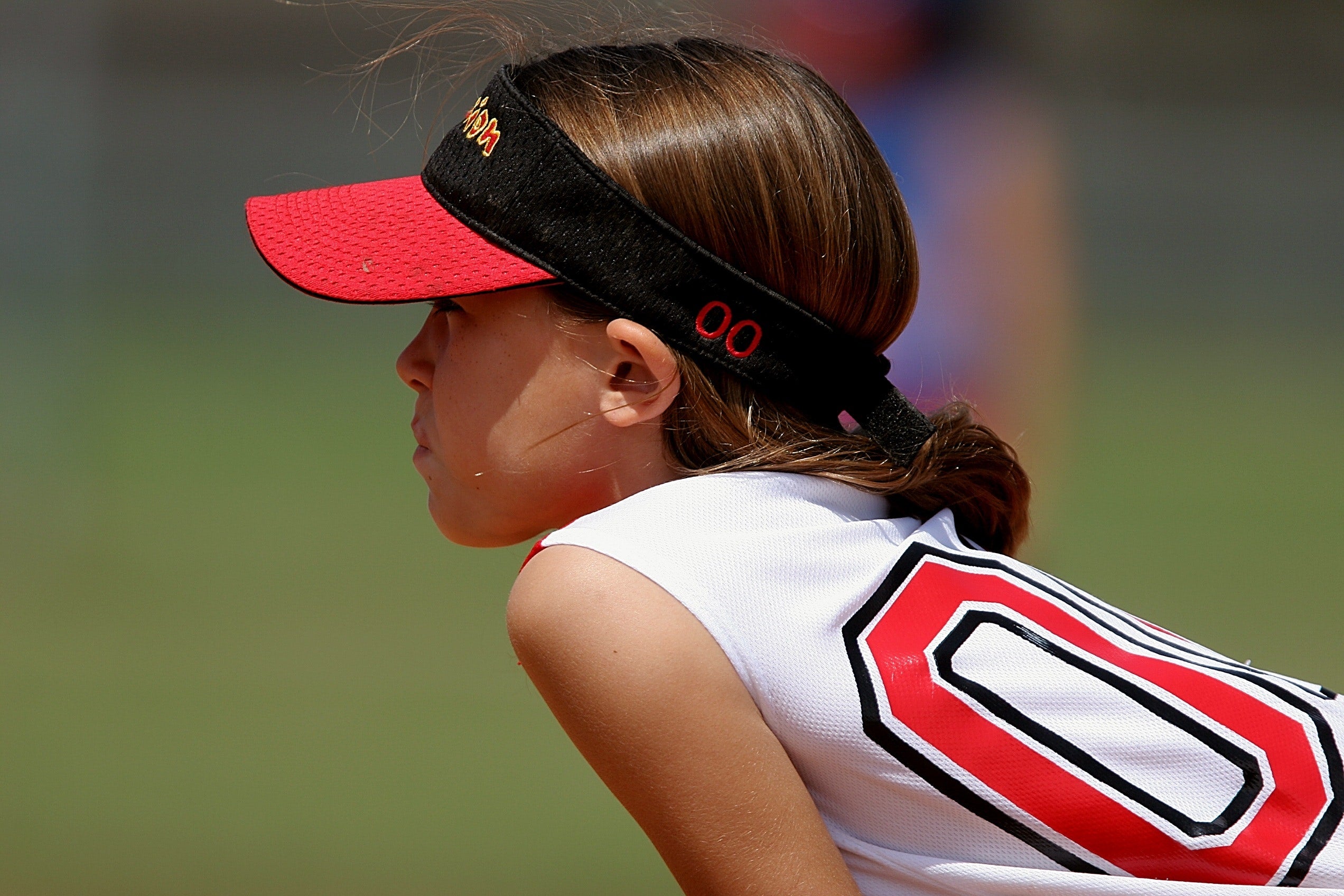If we want to develop grittier kids, then we have to learn to let them struggle.
We want to see our children excel in all areas of life. A parent’s goal should be to raise a child to be a better version of themselves. We want to help them bypass mistakes we made in our youth, and we want to guard them against the negative threats in this world. But no matter how much we eliminate adversity from their path, we won’t always be there for them.
Facing adversity is a part of life.
And if we remove adversity from their entire youth, how will they be equipped to overcome it as an adult?
When I was ten years old, I wanted to quit baseball. I began hating playing and wanted nothing more than to take back my hours at practice and games, and instead spend them playing video games or riding four wheelers.
The problem was that I wanted to quit baseball and it was only a few weeks into the new season. I’d gotten a new glove, I was on a new team, but I wanted out.
Fortunately (not at the time, I thought), my dad said no.
“You don’t quit what you start. You started the season, you’ll see it all the way through.”
I remember being pissed. I threw a fit, yelled that it wasn’t fair, and stormed off to my room. But he stood firm – no quitting during the season.
If I was being honest, my decision to quit the game came after being hit in the face with a baseball thrown from my third baseman during warmups. As soon as that ball connected with my two front teeth, I’d suddenly became afraid of the ball. I went from standing in the batter’s box and swinging for the fences, to stepping out and away, worried that every pitch was going to hit me in the face.
And this was in little league before kids are even throwing curveballs!
I said I wanted to quit because I hated the game, but it was a lie. I was letting fear dictate my excuses. I was afraid, and I was trying to avoid that adversity and fear at all costs.
Fortunately, my dad knew that – and he forced me to play through it knowing that when I was an adult, I’d be faced with another fear and I’d have the urge to again run from it.
Unless I learned to face those fears at a young age, I’d be at a disadvantage later in life, running from fear after fear – instead of rising up and running toward and through them.
I heard Olympic medalist Nastia Liukin once say everytime she would try to quit gymnastics, her mom, Anna, would agree – but only after she had a great day at practice. “Never quit after a bad day,” she drilled into Nastia. Anna knew that once Nastia had a great day on the mat, she wouldn’t want to quit. And if she did still want to quit after a genuinely great day, that was allowed – but she’d never be able to after a bad one.
Anna helped her daughter develop grit by forcing her to work through her tough days instead of doing what’s far more common today – letting a child avoid adversity and difficulty at all costs. Anna knew that for Nastia to excel in life after gymnastics, she would need grit, so she used gymnastics practices as the classroom from which to teach it.
If we are committed to helping our children become better versions of ourselves, we need to help them learn to overcome adversity and work through tough times, instead of sheltering them. We need to let them struggle with a problem and learn how to solve it at a young age, when the stakes are low, so that later in life when stakes are much higher, they’re unfazed by the adversity.
Competitors are strengthened by learning to overcome obstacles, not avoiding them.



